In a groundbreaking fusion of telecommunications and seismology, researchers have discovered that underwater fiber-optic cables can double as highly sensitive earthquake detectors. This accidental innovation transforms the global internet backbone into an unprecedented planetary monitoring system capable of capturing seismic events with remarkable precision. The implications for early warning systems and our understanding of Earth's dynamics are profound.
The discovery emerged from routine maintenance operations on subsea cables, where engineers noticed curious patterns in the "backscatter" data - faint light signals that travel backward through the fiber. These distortions, previously considered noise, turned out to contain detailed information about seismic disturbances. When earthquakes occur, they create pressure waves that slightly deform the cables, changing how light pulses travel through the glass fibers. By analyzing these subtle alterations, scientists can pinpoint earthquake locations and magnitudes.
What makes this technology revolutionary is its existing infrastructure. Unlike traditional seismometers that require expensive deployment and maintenance, the world already has over 1.2 million kilometers of submarine fiber-optic cables crisscrossing ocean floors. These cables, when repurposed as distributed acoustic sensors, provide continuous monitoring across 70% of Earth's surface that was previously seismically blind. The system achieves sensitivity comparable to dedicated scientific instruments while using hardware originally installed for telecommunications.
The technique works through an ingenious application of interferometry. Laser pulses sent through the fiber encounter microscopic imperfections in the glass that act as reference points. When seismic waves distort the cable, the travel time between these reference points changes slightly. Advanced signal processing can detect changes equivalent to one-ten-thousandth of the diameter of a hydrogen atom, allowing detection of earthquakes thousands of kilometers away.
Recent deployments have yielded stunning results. During testing off the coast of Monterey, California, the system detected not only local tremors but also major quakes in Mexico and Fiji. It even recorded the distinctive seismic signature of a submarine volcanic eruption near the Mariana Trench. Perhaps most remarkably, the cables sensed the constant "hum" of Earth - the faint vibrational background caused by ocean waves and atmospheric disturbances that had previously required ultra-sensitive observatories to measure.
This technology arrives at a critical juncture for earthquake monitoring. Traditional seismic networks have glaring gaps, particularly in developing nations and across oceans where most tectonic plate boundaries lie. The 2004 Indian Ocean tsunami, which killed over 200,000 people, demonstrated the catastrophic consequences of inadequate offshore monitoring. Fiber-optic sensing could provide affordable, real-time coverage for vulnerable coastal communities worldwide.
Beyond earthquake detection, the applications multiply. Researchers are exploring uses in monitoring deep ocean currents, tracking whale migrations through their acoustic signatures, and even detecting illegal nuclear tests. The same principles work on land-based cables too, turning urban fiber networks into dense seismic arrays that could map subsurface structures or monitor infrastructure health. Some telecom companies now offer "seismic-as-a-service" by leasing access to their cable data.
The environmental monitoring potential is particularly compelling. As climate change alters ocean dynamics, having continuous, global data on seafloor conditions could revolutionize our understanding of deep-water processes. The system's ability to detect temperature and pressure changes might provide early warnings for underwater landslides that can trigger devastating tsunamis.
Implementation challenges remain, of course. Different cable types vary in sensitivity, and older cables may require retrofitting with specialized interrogator units. There's also the matter of data ownership and sharing between telecom operators and scientific institutions. Yet the collaborative potential is enormous - several countries have already begun integrating fiber seismic data into their national monitoring networks.
This accidental discovery exemplifies how existing infrastructure can be reimagined for scientific breakthroughs. What began as a solution for global communications has become one of the most promising tools in geophysics. As the technology matures, we may find ourselves living on a planet where every earthquake, from the slightest tremor to the most violent quake, gets instantly recorded by the very cables that carry our emails and video calls - a silent sentinel network woven into the fabric of our connected world.
The implications extend beyond pure science. For island nations and coastal cities, this could mean precious extra minutes of tsunami warning. For geologists, it offers an unprecedented window into plate tectonics. And for telecommunications companies, it represents an unexpected return on infrastructure investment. As one researcher put it, we've effectively given the Earth its own nervous system, using the same fibers that carry our digital lives.
Looking ahead, the convergence of telecommunications and earth science promises even greater revelations. Future cable designs might incorporate enhanced sensing capabilities from the outset, creating a dual-purpose global network. Some proposals suggest adding specialized fibers alongside communication ones, optimized for different types of measurements. We may be witnessing the birth of an entirely new paradigm in planetary observation - one where our tools for understanding Earth are literally woven into its surface.

By /Jul 2, 2025

By /Jul 2, 2025

By /Jul 2, 2025

By /Jul 2, 2025

By /Jul 2, 2025
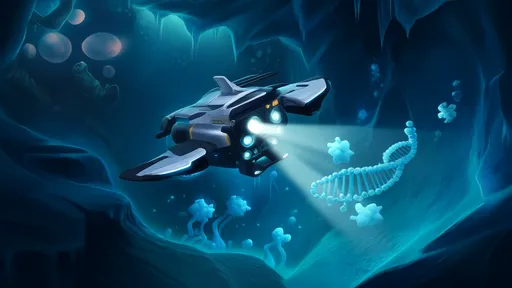
By /Jul 2, 2025
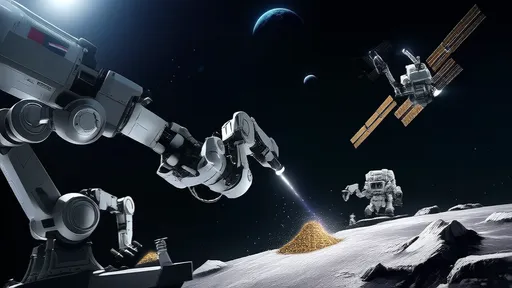
By /Jul 2, 2025

By /Jul 2, 2025

By /Jul 2, 2025
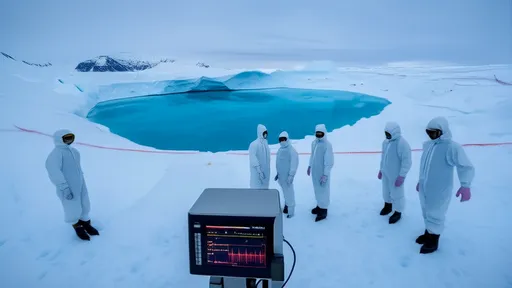
By /Jul 2, 2025
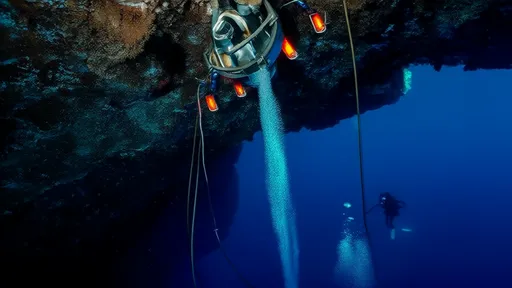
By /Jul 2, 2025
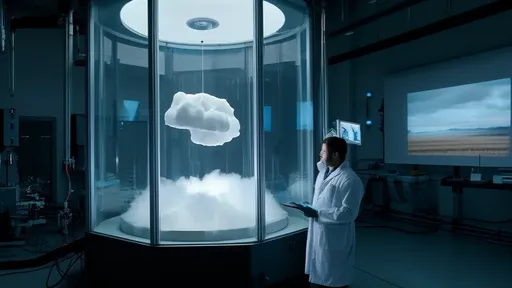
By /Jul 2, 2025
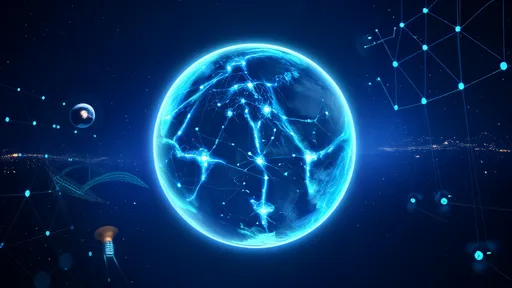
By /Jul 2, 2025
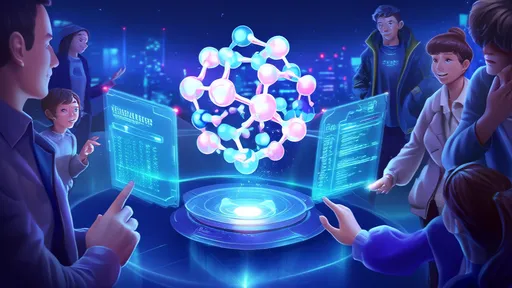
By /Jul 2, 2025
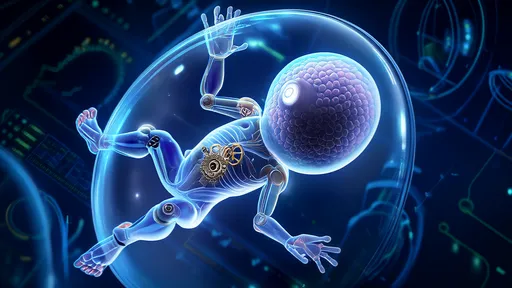
By /Jul 2, 2025
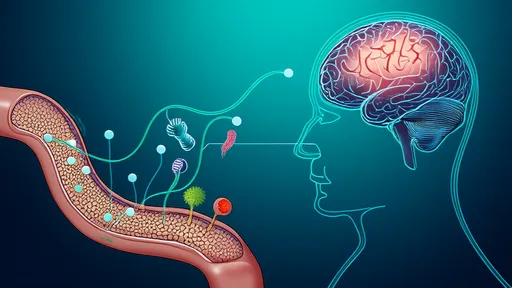
By /Jul 2, 2025
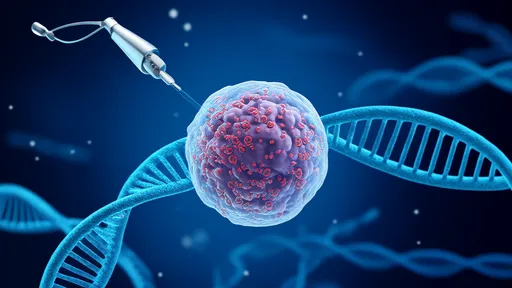
By /Jul 2, 2025
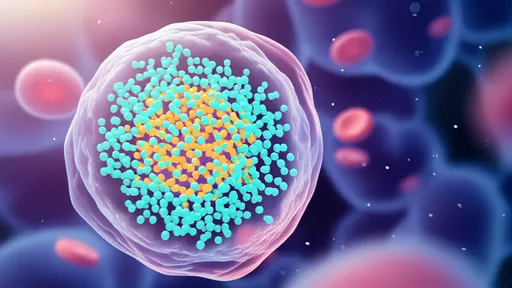
By /Jul 2, 2025

By /Jul 2, 2025
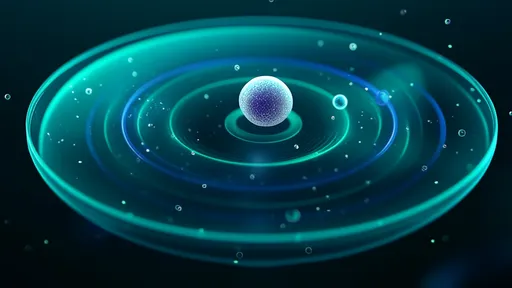
By /Jul 2, 2025